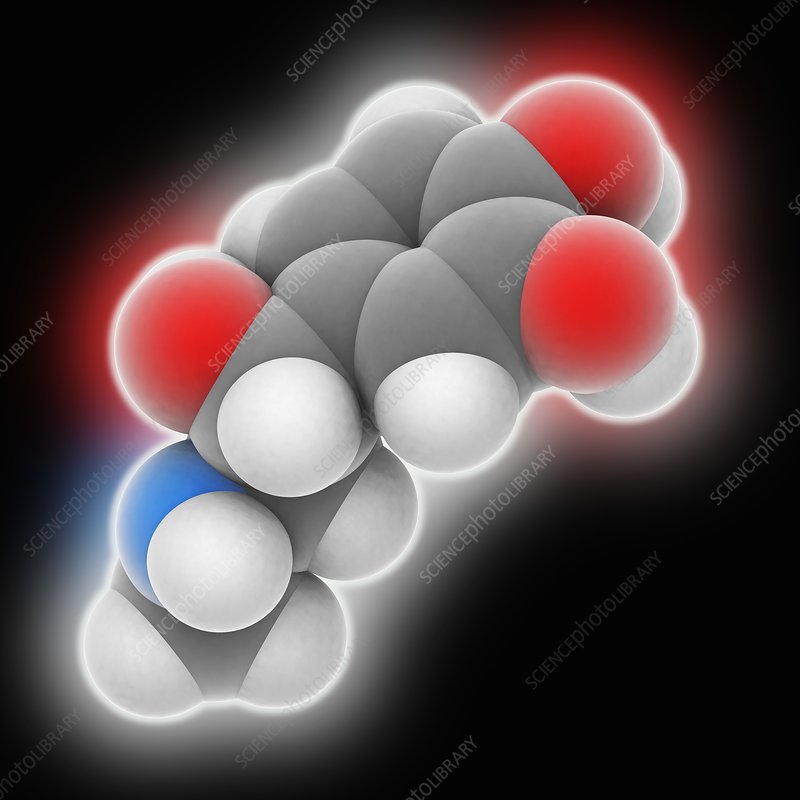What is Epinephrine?
Epinephrine, also known as adrenaline, is a hormone and neurotransmitter produced by the medulla of the adrenal glands. It plays an important role in our body’s fight-or-flight response by increasing heart rate, blood pressure, blood supply to muscles, airway dilation and blood glucose levels. Epinephrine binds to different types of adrenergic receptors in the heart, smooth muscles and liver to elicit these physiological effects.
Chemical Structure and Functions
Epinephrine is a catecholamine composed of amino acids including glycine, tyrosine and phenylalanine. Its chemical structure is crucial for interacting with adrenergic receptors. The catechol and amine functional groups allow it to bind and activate α-adrenergic and β-adrenergic receptors. Activation of these receptor subtypes mediates different functions of epinephrine in the body. For example, binding of epinephrine to β1-receptors increases heart rate and contractility. Binding to β2-receptors causes bronchodilation of airways and vasodilation of blood vessels in skeletal muscles. Activation of α1-receptors leads to vasoconstriction and increased blood pressure.
Release and Regulation
The release of epinephrine is primarily regulated by the sympathetic nervous system. When our body undergoes physiological stress, the hypothalamus signals the adrenal medulla via the sympathetic preganglionic neurons to secrete epinephrine. Increased levels of epinephrine in blood circulation modify metabolic and hemodynamic parameters allowing the “fight or flight” response. Various stressors like hypoglycemia, hypoxia, exercise and emotions can trigger epinephrine release. The secretion is tightly controlled to rapidly increase and then decrease hormone levels once the stressful event passes. Failure to regulate epinephrine levels can lead to adverse effects on cardiovascular function.
Medical Uses
Given its ability to increase heart rate and cardiac output, Epinephrine has important medical uses. It is commonly used as a medication in autoinjector devices to treat life-threatening allergic reactions caused by insect bites/stings or foods. As soon as symptoms like hives, swelling, throat tightness develop, epinephrine injection counteracts the effects through its vasoconstrictor and bronchodilating properties. Epinephrine is also administered at hospitals during cardiac arrest and anaphylaxis to resuscitate patients. It works as a vasopressor to improve blood circulation when blood pressure drastically drops. Other applications include use as a local decongestant and anesthetic during surgeries.
Effects on Different Organs
Due to expression of various adrenergic receptor subtypes, epinephrine exerts distinct actions on different organ systems.
Heart – It increases heart rate, contractility and cardiac output through direct stimulation of β1-receptors in the heart. These effects enhance blood circulation to meet metabolic demands.
Lungs – Binding of epinephrine to β2-receptors in bronchial muscles causes bronchodilation, making breathing easier. This response is vital for increased oxygen supply during exercise or stress.
Liver – Stimulation of β-receptors and α-receptors in the liver promotes gluconeogenesis and glycogenolysis. Epinephrine rapidly elevates blood glucose levels by stimulating liver glucose production and release.
Skeletal Muscles – Activation of β2-receptors present on skeletal muscle vasculature leads to vasodilation and increased blood flow. Along with β2-bronchodilation, this facilitates delivery of oxygen and nutrients to working muscles.
Kidneys – By acting on renal α1-receptors, epinephrine prompts water and salt reabsorption. It elevates blood pressure through systemic vasoconstriction mediated by α1-receptors.
Role in Stress Response
The sympathoadrenal medullary axis, with epinephrine as a key player, helps coordinate critical physiological adjustments during stress. Increased secretion prepares the body for ‘fight or flight’ through metabolic changes and hemodynamic effects. Epinephrine liberates fatty acids from adipose tissue, elevates blood glucose through lipolysis and gluconeogenesis. It improves cardiac output through positive chronotropic and inotropic actions, while diverting blood supply from non-vital organs to working muscles and brain. Such swift alterations optimize delivery of oxygen and substrates to tissues during emergencies. This delicate stress response mediated by epinephrine aids short term survival in dangerous situations.
*Note:
1. Source: Coherent Market Insights, Public sources, Desk research
2. We have leveraged AI tools to mine information and compile it




